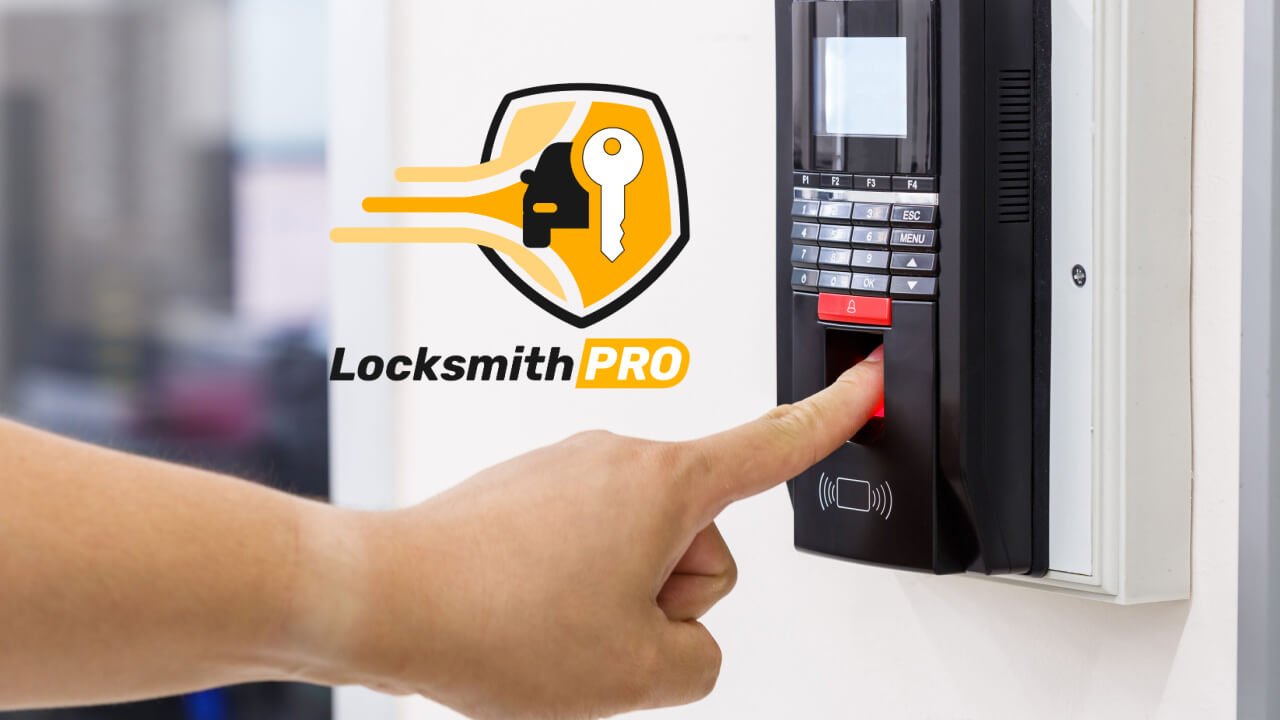Biometric Locks and Home Security
In the rapidly evolving landscape of home security, Indianapolis stands at the forefront of adopting innovative technologies that enhance the safety and convenience of its residents. Among these technologies, biometric locks represent a significant leap forward, offering a level of personalization and security that traditional locks simply cannot match. This article delves into the science behind biometric locks, explores their implementation in the Indianapolis metro area, and examines their impact on residential and commercial security.
The Science of Biometrics
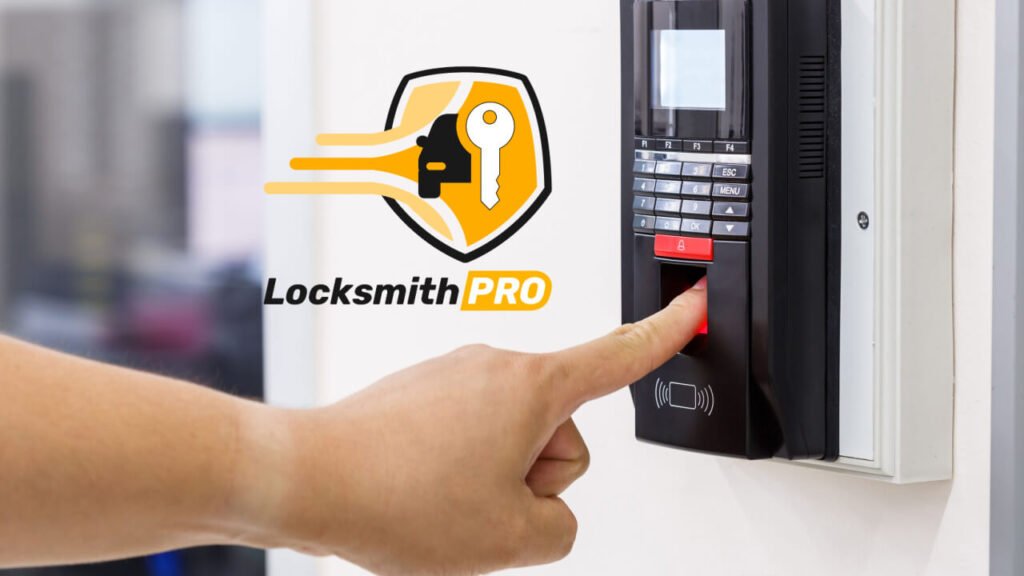
Biometrics refers to the statistical analysis of biological data, which in the context of locks, typically involves fingerprint, facial, iris, or voice recognition. The fundamental principle behind biometric locks is that each individual’s biometric data is unique and nearly impossible to replicate, making these locks exceptionally secure.
Fingerprint Recognition
The most common form of biometric lock in Indianapolis homes and businesses uses fingerprint recognition. This technology works by scanning and storing the ridges and valleys of a user’s fingerprint. When access is attempted, the lock scans the fingerprint and compares it to the stored data using sophisticated algorithms to determine a match.
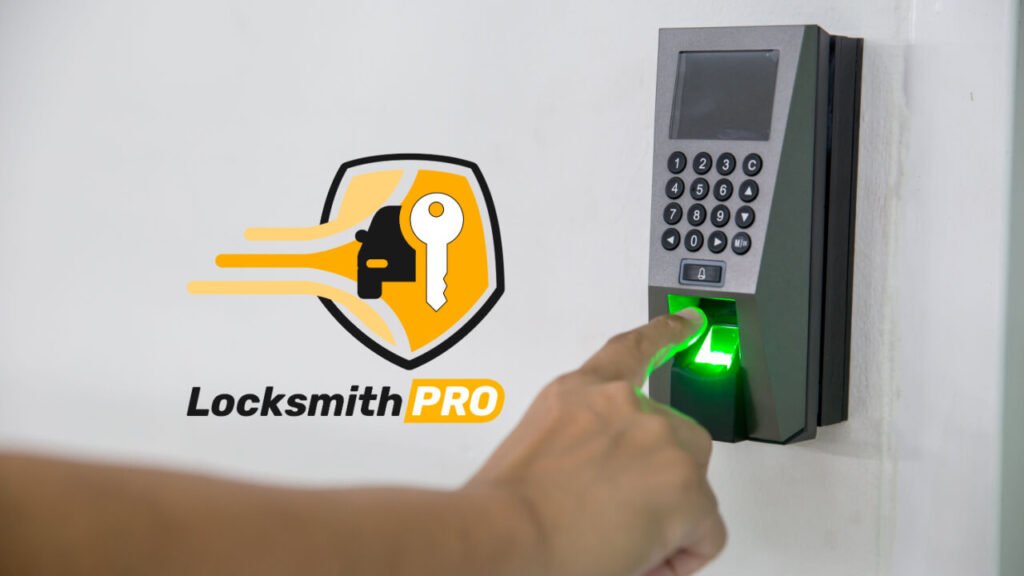
Facial and Iris Recognition
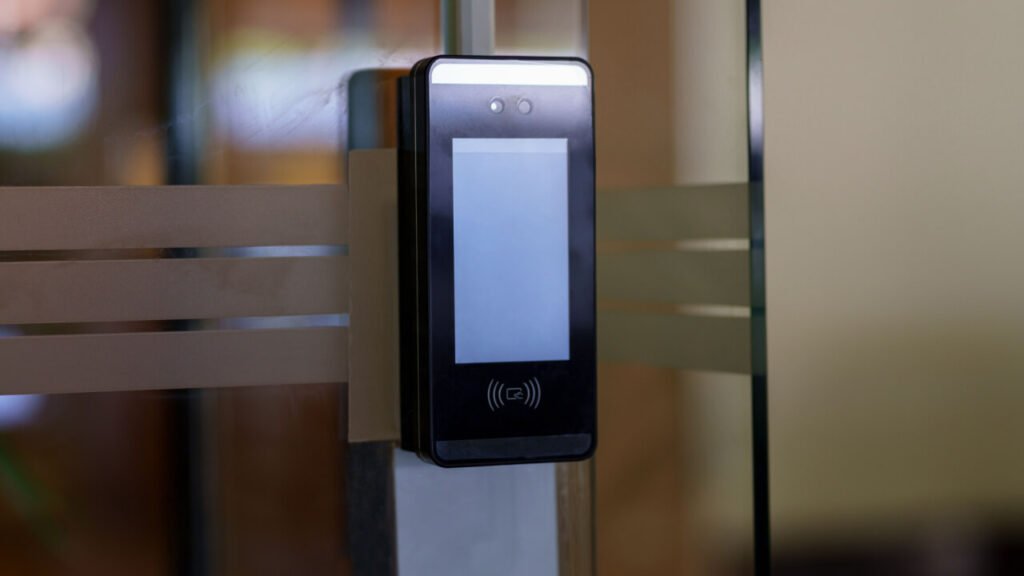
More advanced biometric systems employ facial recognition, analyzing specific features of the face, or iris recognition, which involves scanning the unique patterns of the iris. These technologies use complex mathematical and image processing algorithms to ensure accurate and secure identification.
Implementation in Indianapolis
The adoption of biometric locks in Indianapolis is driven by a combination of factors, including the city’s focus on technological innovation, the rising demand for more secure home security solutions, and the increasing integration of smart home technologies.

Residential Applications
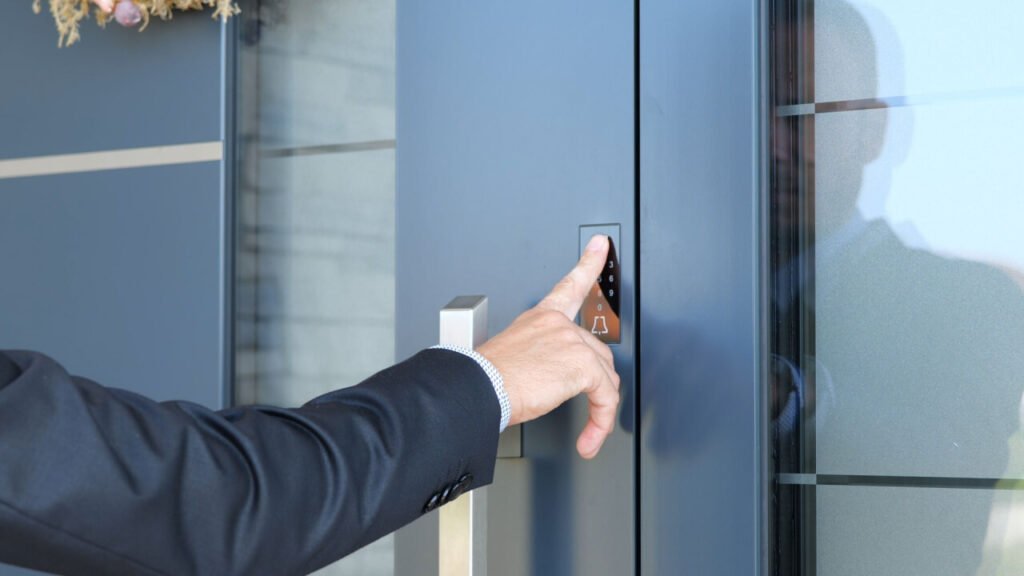
In residential settings, biometric locks are often used as part of a broader smart home system, allowing for seamless integration with other smart devices. Homeowners appreciate the convenience of keyless entry and the peace of mind that comes with knowing their home is secured by technology that is personalized to their biometrics.
Commercial Use
Commercially, biometric locks are employed in high-security areas, offices, and industries where sensitive information is stored. These systems ensure that only authorized personnel can access restricted areas, significantly reducing the risk of security breaches.
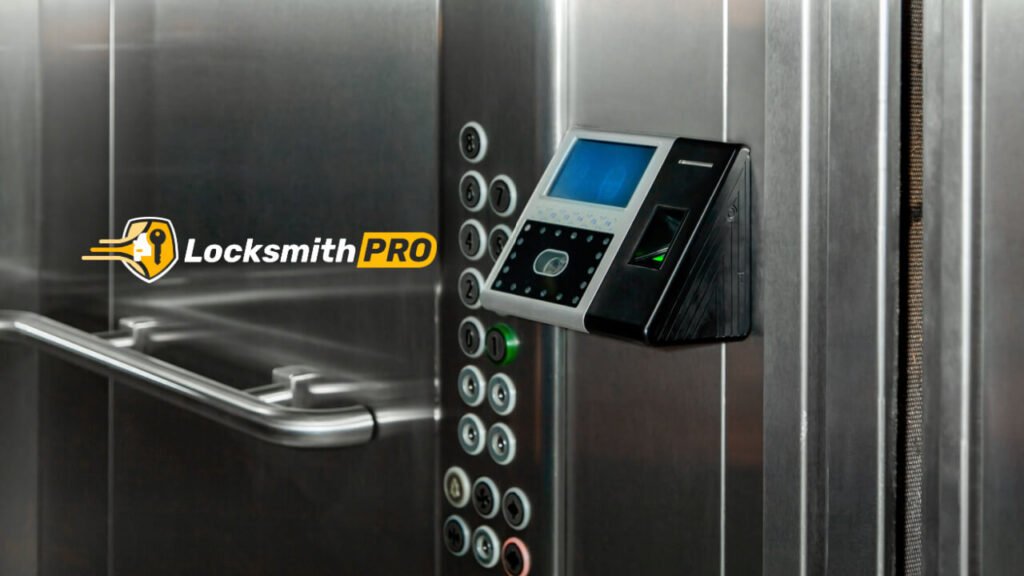
Benefits and Challenges
Biometric locks offer numerous benefits, including enhanced security, ease of use, and elimination of the need for physical keys, which can be lost or copied. However, the implementation of such technology also presents challenges, such as privacy concerns, the need for reliable power sources, and the potential for sophisticated hacking attempts.
Privacy Concerns
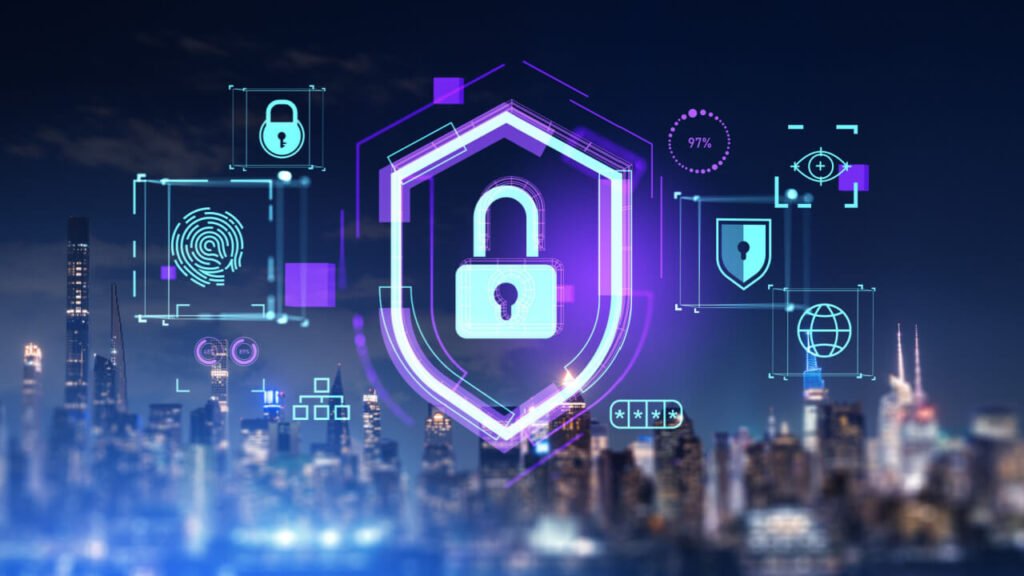
The storage and management of biometric data raise important privacy issues. Indianapolis businesses and residents must ensure that their data is stored securely and that they are compliant with privacy laws and regulations.
Reliability and Security
While biometric locks are inherently secure due to the uniqueness of biometric data, they are not immune to technical failures or sophisticated hacking techniques. Continuous advancements in encryption and security protocols are essential to safeguard against these threats.
The Future of Home Security in Indianapolis
The future of home security in Indianapolis looks promising, with biometric technology playing a pivotal role. Ongoing research and development are focused on making biometric locks even more secure, user-friendly, and integrated with other smart home technologies.
Integration with Smart Home Ecosystems
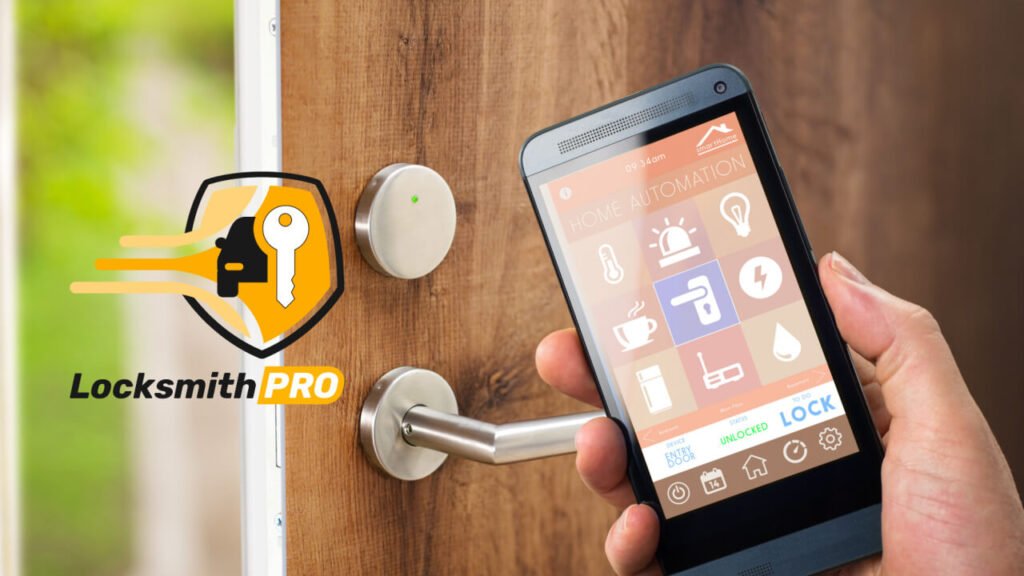
The integration of biometric locks with smart home ecosystems is a key area of development. This integration allows for more personalized and automated home security systems, where locks can interact with other smart devices for enhanced security and convenience.
Advances in Biometric Technology
Future advancements in biometric technology may include even more sophisticated identification methods, such as heart rate or gait recognition, further enhancing the security and personalization of home security systems.
Conclusion
The adoption of biometric locks in the Indianapolis metro area reflects a broader trend towards more secure, convenient, and personalized home security solutions. As technology continues to advance, the potential for biometric locks to revolutionize the way we secure our homes and businesses is immense. With ongoing research and development, and a keen eye on the ethical and privacy considerations, Indianapolis is set to remain at the cutting edge of home security technology.
Sources
- Journal of Biometrics & Biostatistics – Research articles on the latest advancements in biometric technology and its applications in security.
- Smart Home Technology Reviews – Analysis and reviews of the latest biometric lock models and their integration with smart home systems.
- Privacy and Security Legislation Database – Information on legal requirements and best practices for the storage and management of biometric data.
